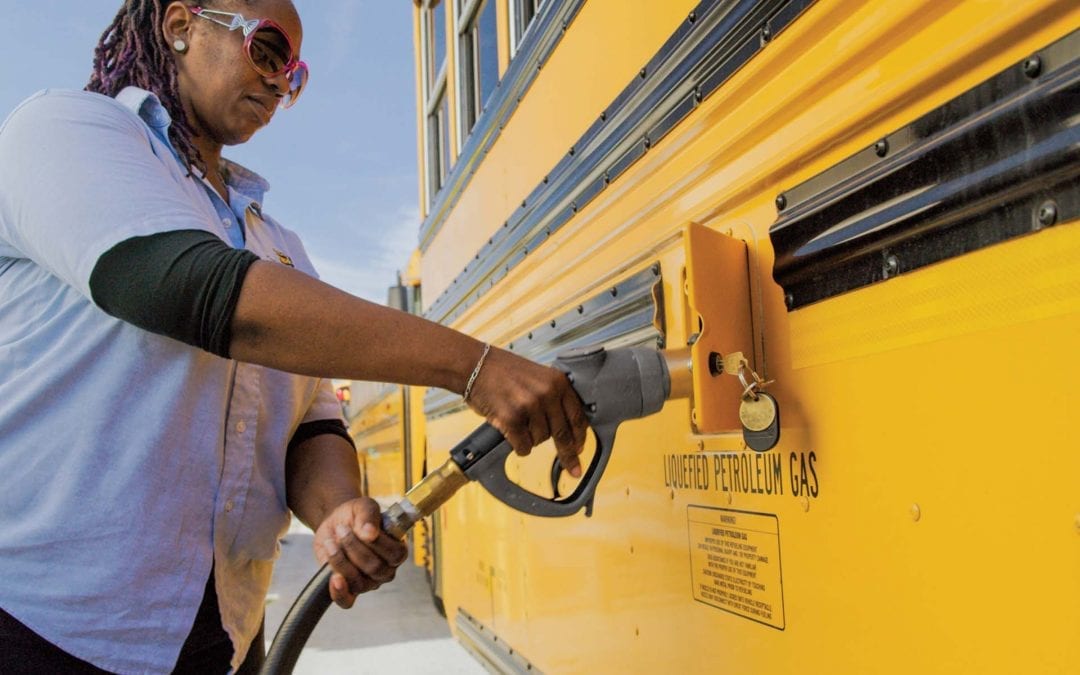This school year is going to look different than any that have come before it, and school transportation directors have big challenges in front of them.
With so much uncertainty surrounding how districts will be required to keep children safe while at school — and the additional funds required to make that happen — it’s very likely many districts will be asking their transportation leaders to find cost-effective solutions to achieve safety guidelines.
Safely transporting children to and from school will likely look different in many states and school districts, whether that’s in the form of social distancing students riding the school bus — requiring more vehicles than normal to get the same number of children to the classroom — or, operating additional bus routes with shorter classroom schedules. The new normal could be difficult. School transportation directors are no doubt looking for ways to adapt while saving money at all costs, and one way to do that is by transitioning to an alternative energy fleet.
Electric school buses in particular are receiving attention as a cost-effective solution during a time when budgets are facing extra scrutiny. But take a closer look, and you’ll see only one alternative fuel can really help a district get ahead.
For a bus fleet to make a successful transition to an alternative fuel, that solution has to provide a financial, environmental, and operational benefit. Propane autogas is the only energy source that checks all of these boxes. School districts are already turning to propane autogas to mediate the new normal they are facing this fall.
Financial Benefits
Compared to electric, propane autogas school buses are on average one-third of the cost. That means a school district could purchase three new propane autogas school buses for the cost of a single electric bus.
The average fuel cost for propane autogas is 30 to 50 percent lower than what districts are paying for diesel, and because propane autogas is a clean energy source, the engine will be less costly to maintain. Those low fuel and maintenance costs help propane autogas provide districts with the lowest total-cost-of-ownership and a return on investment within 24 to 36 months in many cases.
Add in the cost differences for the installation of recharging stations that electric buses require — up to 10 times the cost of propane autogas infrastructure — and the chasm between the two grows even wider.
School transportation directors can also take advantage of several financial opportunities to transition to propane autogas, like the Alternative Fuel Tax Credit, Volkswagen Settlement funds, and other federal and state grants. They should check with their area Clean Cities Coalition to learn more about what funding may be available where they live. Read the full article here.

